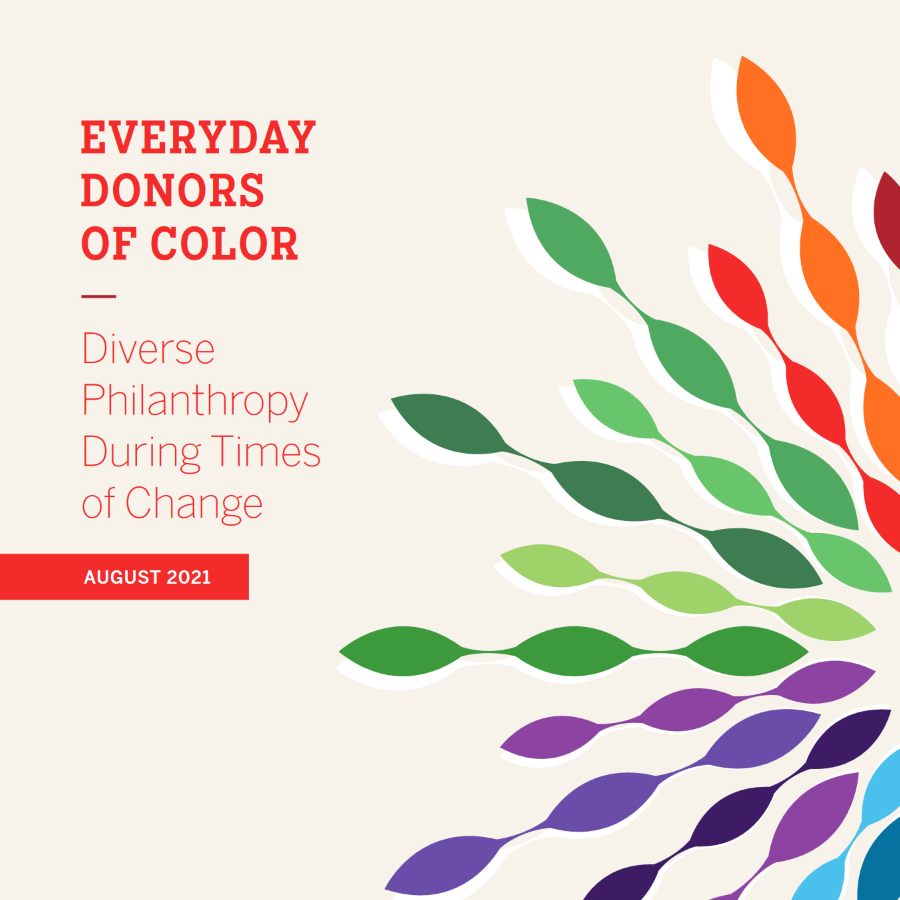To explore the giving patterns of U.S. donors after the resurgence of the Black Lives Matter movement in 2020, the Indiana University Lilly Family School of Philanthropy gathered data from a national survey in collaboration with NORC, a nonpartisan research organization at the University of Chicago, focus groups with diverse donors, and case studies on mutual aid. Findings from these data were curated into a report, Everyday Donors of Color: Diverse Philanthropy During Times of Change. It revealed that there has not only been an increase in giving to groups supporting social and racial justice, but also that donors of color are driving this increase.
For generations, donors from oppressed communities in the United States have used donating to help people of color combat institutional racism. Una O. Osili highlighted that as agenda-setting and financial power has grown, grassroots leaders and donors of color have aided institutional funders in being more attentive to real-time needs in communities of color. Researchers discovered that grassroots leaders in communities of color are increasingly influencing how philanthropy is organized to optimize social and racial justice effectiveness.


